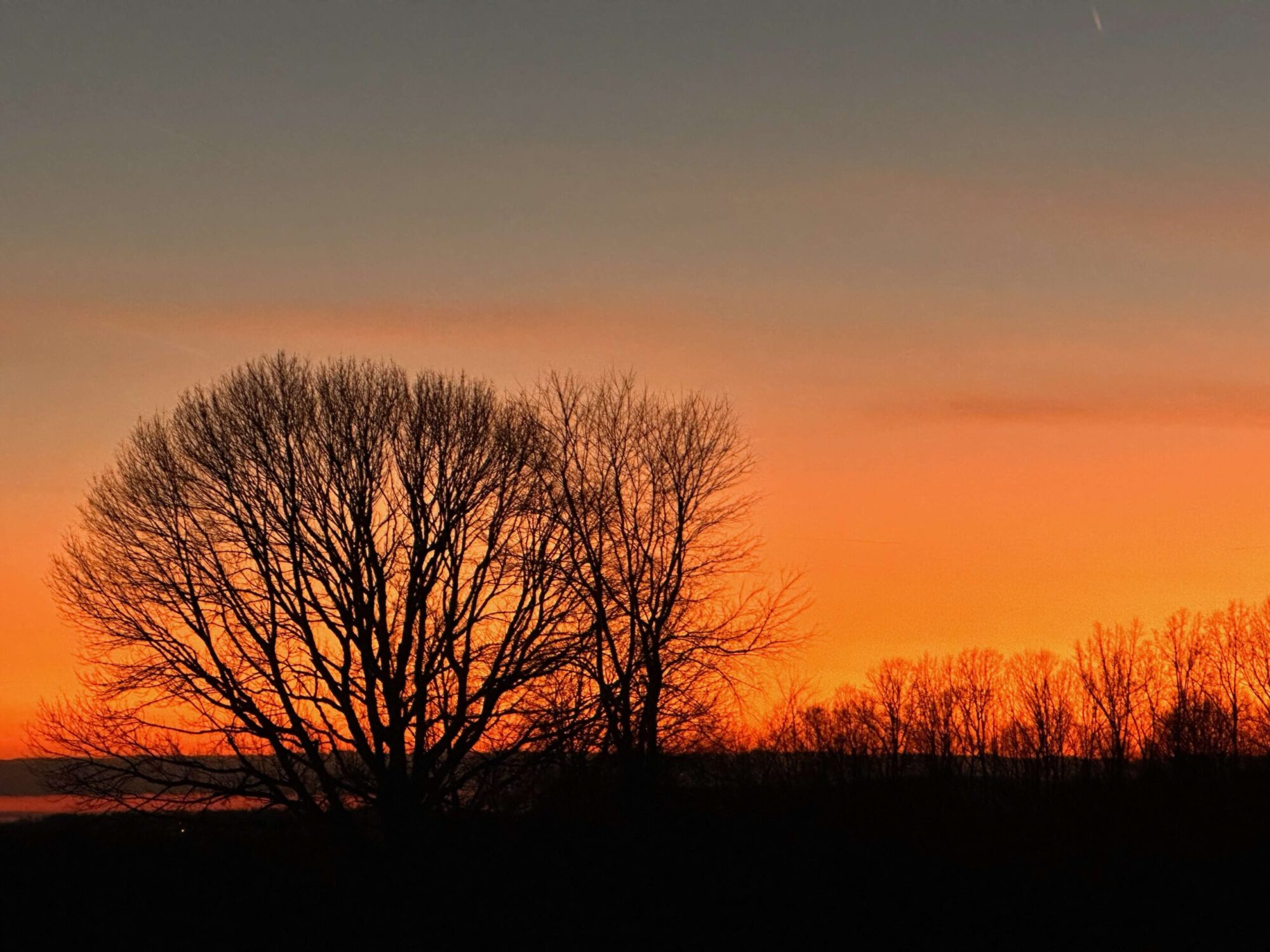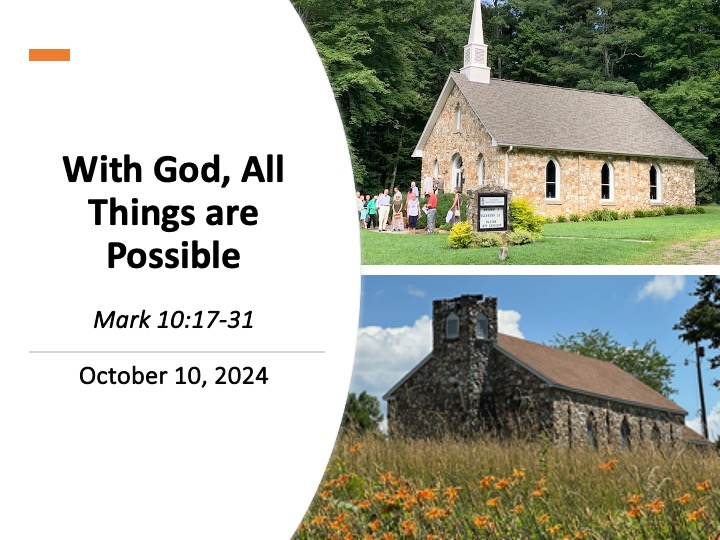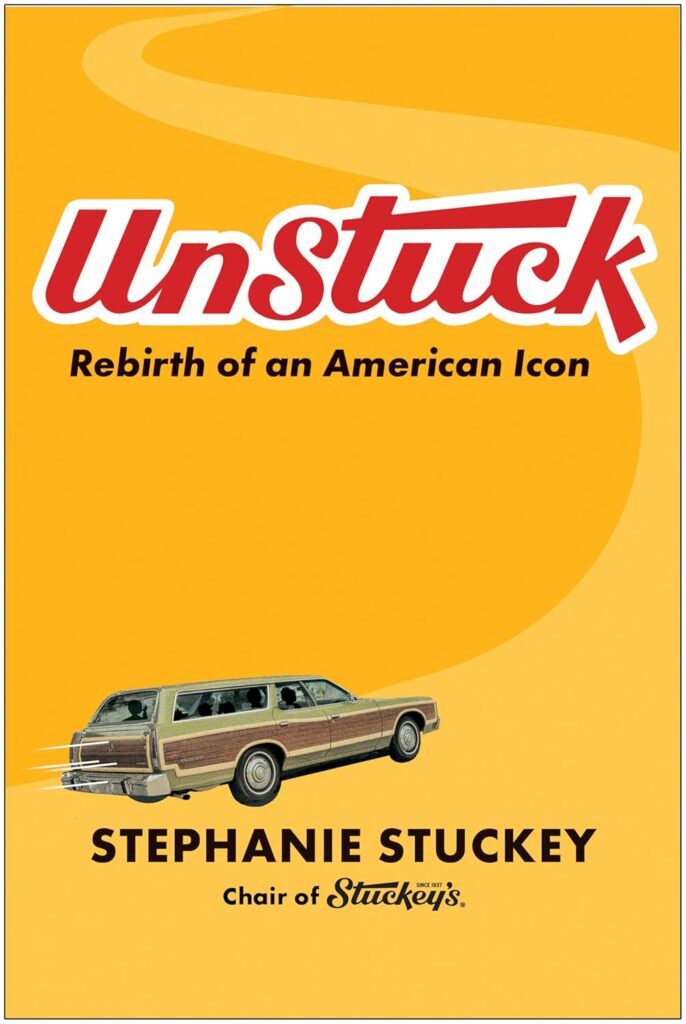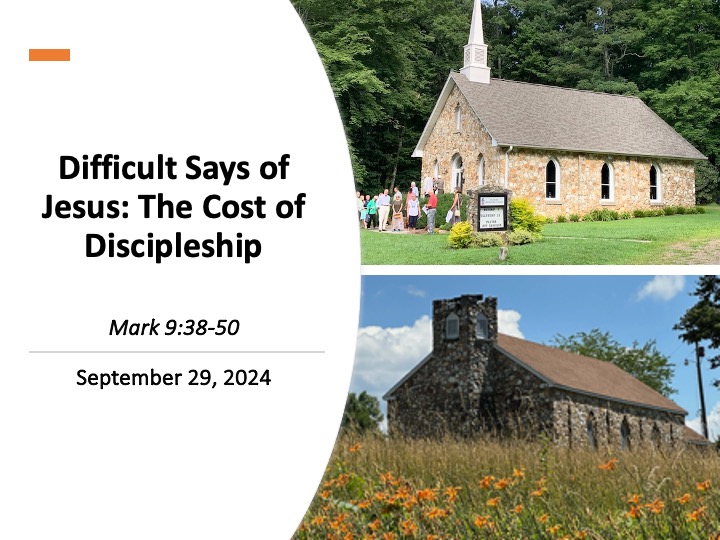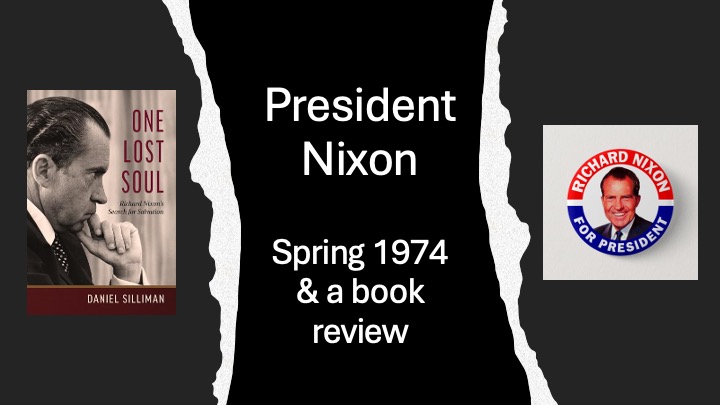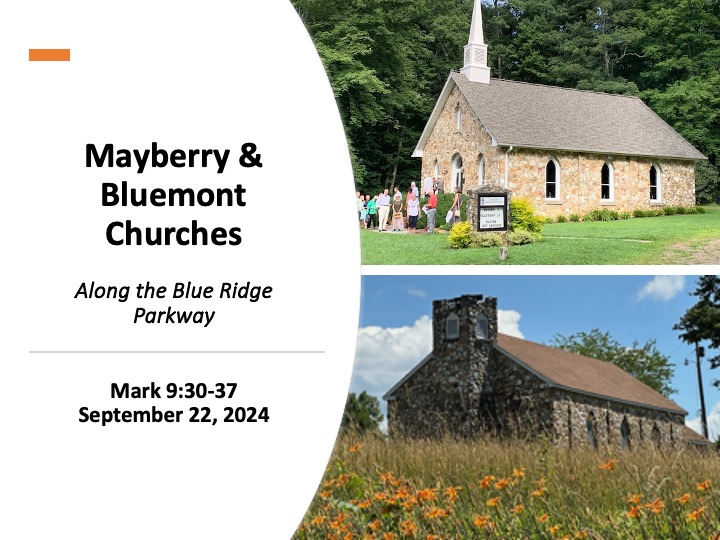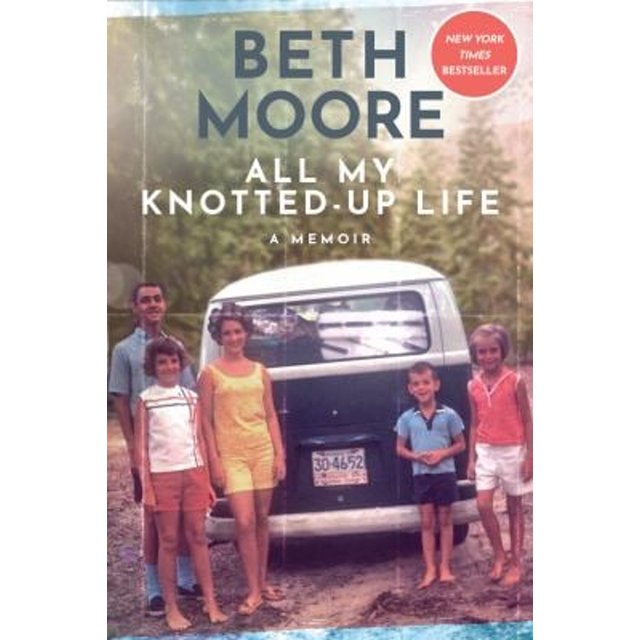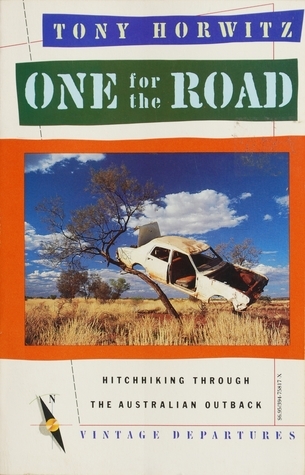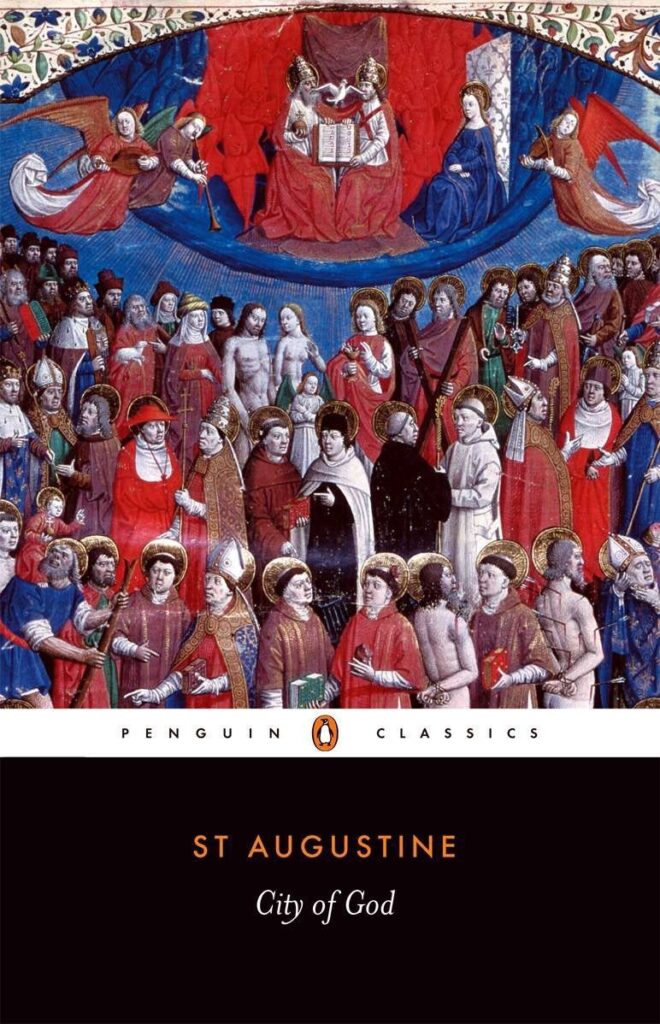Jeff Garrison
Mayberry & Bluemont Churches
Mark 10:32-45
November 3, 2024
At the beginning of worship:
I’ve struggled what to say today as we are on the cusp of a major election. Many, on both sides, say this is the most important election of our lives. The stakes are high. I’ve heard preachers, again on both sides, say their way is the only way you must vote to be a Christian. They can’t all be right, can they.
While I don’t want to deny the importance of what will happen on Tuesday (or has already happened as so many of us have voted already), we need to remember that our most important election involves God voting for us. That vote, as we’ll be reminded of in today’s scripture, was counted when Jesus ransomed his life for ours. Regardless of what happens on Tuesday, God remains with us.
As Christians, we live in this world and are called to be good citizens of it. We’re to work for the good of all.[1] However, we must never lose focus that our true home isn’t among worldly powers, but with our Savior and Lord Jesus Christ. Furthermore, we must remember that even those with whom we disagree have been created in the image of God. Everyone has value. None of us have no right to devalue others with whom we disagree or dislike. Respect and character are important traits for us and our leaders.
“What would our Savior and Lord, the gentle and humble Jesus, want us to do?” That’s a decision you will have to decide. I have my convictions, which I have shared with some privately. But my calling is to point to Jesus Christ. That’s all I will do from the pulpit. The only other things I will do is remind you that your salvation isn’t built upon the choice you make on Tuesday. All candidates have flaws, some more than others. Only Jesus is perfect. Again, thankfully, our hope is in God’s election, not ours.
Before reading the Scripture:
We’re back on our journey through Mark’s gospel. One of my professors in his commentary on Mark suggests the gospel is primarily a passion narrative with a very long introduction.[2] The passion has to do with Jesus’ suffering and death in Jerusalem. We’ve seen over the past two chapters Jesus dropping hints as to his upcoming suffering and death. The disciples struggle to understand.
Our reading today, Jesus and the disciples are on the road to Jerusalem. He provides the third prediction of the passion.
In our previous passage, Jesus reminded us of the Kingdom’s unusual economy. The first become last, and the last become first. Our passage ends with a saying which builds upon that message, one which Jesus places himself in the equation of the last being first. As Paul writes to the Philippians:
Jesus “didn’t regard equality with God as something to be exploited, but emptied himself, taking the form of a slave… humbled himself and became obedient to the point of death—even death on a cross.”[3]
Read Mark 10:32-45
Three strikes and you’re out. We won’t hear those words for a few months as the World Series ended this week with a Dodger’s win. By March, Spring Training will be in full swing and maybe you can catch a game and maybe the Pirates will play consistently better.
Today, it’s the disciples who strike out. Three times they swing for the fence and fail to connect. Each strike was right after Jesus predicted his coming passion. It’s not something the disciples want to hear.
Peter took the first swing when he challenged Jesus’ prediction of his suffering and death. This can’t happen to the Messiah, Peter insists. Jesus calls Peter Satan and tells him to get back in line. Peter is a follower, he’s not to be making the rules.[4]
The second time when Jesus shares with them about his upcoming passion, the disciples not understanding, argue about who’s the greatest. Jesus again sets them straight.[5]
In today’s text, it’s James and John who takes the strike. Amazing, isn’t it. Jesus tells the disciples all that’s going to happen once they reach Jerusalem, and the disciples are still worried over what they can get from following Jesus.
Sadly, we’re also like that, I think. We look out for ourselves. The Jesus, whom we are called to follow, wants us to trust him and look out for others. Jesus, building on our text from two weeks ago, where he told the disciples about the last being first, places himself in his game. He came to serve, to give us life for the life of many.[6]
This all took place while Jesus and the disciples are on their way to Jerusalem. We’re given a picture of Jesus, out in front, leading the way, while those who followed him lag, afraid of what’s ahead. While the text doesn’t give us a number of those following Jesus, it sounds as if there are more than just the twelve, as Jesus must cull the twelve out from the crowd to teach.
Jesus provides his third prediction of his death. When something is repeated three times, you should realize it’s important. It’s like the old saying, “Tell them what you want to say, tell them, and then tell them what you said.” Jesus makes sure it’s clear. Here, in his third prediction, he provides more details. He’ll be betrayed to the religious leaders and sentenced to death, then handed over to the gentiles (the Romans) who will mockingly carry out the punishment. But, as Jesus has also reminded them, on the third day, he will rise.
Jesus couldn’t have been clearer. He’s not raising an army and conquering Rome. He lays down his life for the world. This makes me shake my head at James and John. Afterwards, they ask Jesus for a favor. Perhaps they ask for the favor without telling Jesus what’s involved to trap Jesus. “Oh, I’ll do anything for you,” they hope Jesus will say. But Jesus is clever and asks what it they want.
We should note that James and John are in the inner core. They, along with Peter, were the three in attendance at the transfiguration.[7] So perhaps they think they have a right to be given key positions in the kingdom, even though they slight Peter. But they also don’t understand what Jesus’ glory will entail. Jesus tries to straighten them out, speaking of the cup or the baptism he’s to endure. Let’s pause to consider the meaning of the cup and baptism.
The cup—in the Old Testament—was something provided by God. It could be joy or prosperity (as in “my cup runneth over” in the 23rd Psalm). But, more often, cup means judgment as in Psalm 11, which speaks of the scorching winds as the cup of the wicked.[8] Jesus also refers to the cup as woe, when he prays in the garden before his arrest.[9] Jesus’ cup contains our sins.
As for baptism, it might be pointed out that Jesus has already been baptized as we’ve seen in the first chapter of Mark’s gospel. But baptism symbolizes both death and resurrection. Descending into the water suggests death; being lifted out of the water symbolizes resurrection. Paul makes this point in Romans; in a passage I recite at almost every funeral at which I officiate:
Do you not know that all of us who have been baptized into Christ Jesus were baptized into his death? 4We were buried therefore with him by baptism into death, so that as Christ was raised from the dead by the glory of the Father, we too might walk in newness of life. For if we have been united with him in a death like his, we shall certainly be united with him in a resurrection like his.[10]
It’s clear that the cup and baptism of which Jesus speaks has to do with his death and resurrection. Are James and John really willing to go through such? They say they are, but even then, Jesus can’t promise them the coveted seats because that’s not what his kingdom is about.
As we might suspect, the remaining ten of the disciples are not very happy with James and John going behind their back to obtain special favors. Mark, however, doesn’t identity their problems with the two. After all, it’s quite possible they are upset that James and John got a jump start on them, for they all seem self-centered. They haven’t learned the key to the gospel any better than most people today.
So, Jesus gathers the 12 back around him to discuss things out. He points out how the gentile rulers are tyrants over others. We’ve not changed too much, have we, considering the rhetoric of our current election. Nor has the world changed much if you consider how Putin can invade another country and have the blessing of the Russian Orthodox Church. Our world, and our nation, seems only to understand might and power. The virtues of service service and gentleness remain hidden.
But in God’s kingdom, our values are turned on their head. What’s important is serving others. Jesus identities service with himself, the one willing to give his life to save us.
The last verse in our passage helps us understand Jesus’ nature. The ramson for many doesn’t mean a limited number. According to one scholar, in “Semitic grammar the many normally stands for totality,” for all.[11] The phrase in the Orthodox communion liturgy rings out, “Jesus Christ gave his life “for the life of the world.”[12]Jesus’ willingness to pay the price opens all the world to God’s kingdom, to a new way of living and of being.
This passage reminds us to be careful of our egos. We shouldn’t let the powers of the world tempt us or draw us away from our focus on the cross and the realization of all it entails. Jesus died that we might live. That’s the good news. And he calls us to be willing to put our own wellbeing behind that of others, so that his glory might be revealed. Are we up to it? Amen.
[1] See Romans 13 and Jeremiah 29:7.
[2] Douglas R. A. Hare, Westminster Bible Commentary: Mark (Louisville, KY: WJKP, 1996), 127.
[3] Philippians 2:6-7.
[4] Mark 8:31-9:2. See https://fromarockyhillside.com/2024/08/25/who-do-you-say-that-i-am/
[5] Mark 9:30-37. See https://fromarockyhillside.com/2024/09/22/welcoming-the-vulnerable/
[6] Mark 10:31. See https://fromarockyhillside.com/2024/10/20/with-god-all-things-are-possible/
[7] Mark 9:2-8. See https://fromarockyhillside.com/2024/09/01/the-transfiguration/
[8] James R. Edwards, The Gospel According to Mark (Grand Rapids, MI: Eerdmans, 2002), 322-333.
[9] Mark 14:36. See also Matthew 26:29 and Luke 22:42.
[10] Romans 6:3-5, RSV.
[11] Edwards, 327.
[12] See Alexander Schneemann, For the Life of the World: Sacraments and Orthodoxy (St. Vladimir’s Seminary Press, 1975).
